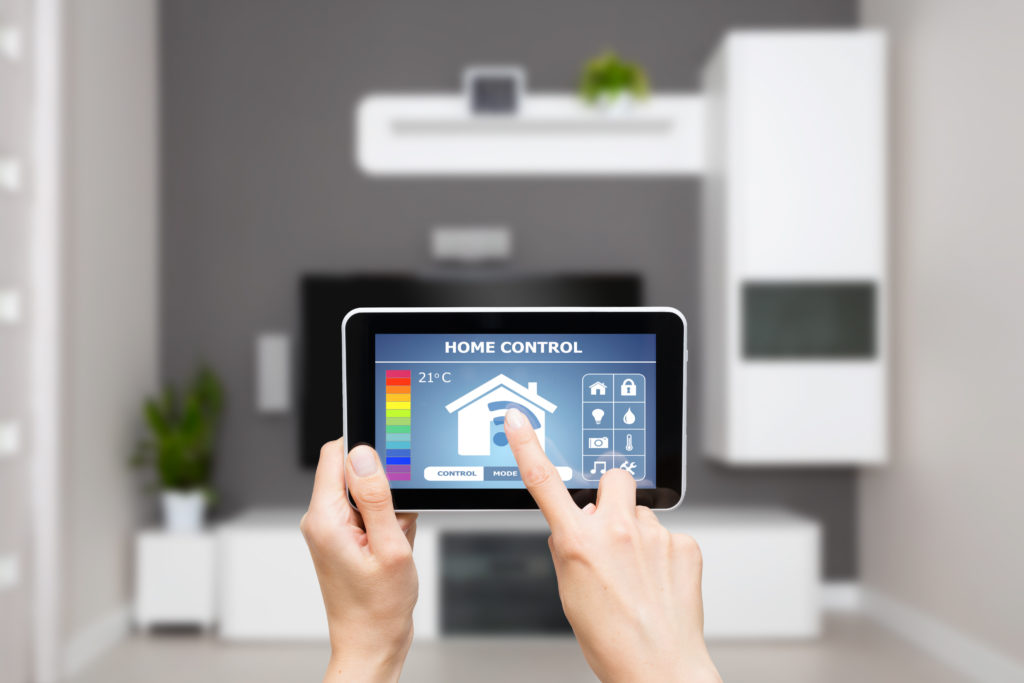By Brian Dempsey, system design engineer, Texas Instruments
The numbers are a wake-up call: According to the United Nations, the buildings and construction sector accounted for 36% of the world’s energy consumption in 2018, contributing to a worrisome carbon footprint. And those percentages continue to grow.
As a result, the race is on. Industrial design engineers are looking to increase the energy efficiency of buildings to both decrease the cost of utilities and reduce the carbon footprint. To truly register efficiencies, designers must work with both new and existing buildings while keeping an eye on the costs of build-out and ongoing operations and maintenance.
Internet of Things (IoT)-related technology is playing a crucial role in delivering energy efficiencies. A sensor can automatically turn down lights or heat or any other power-hungry system in response to the ambient conditions it measures. IoT-related devices are an essential component of building automation, especially because it is possible to aggregate all of the data generated in a central building management system dashboard, through which fine-tuned systems can respond in a carefully choreographed, algorithm-driven dance.

Doing more with less
IoT-connected devices function on power. Batteries are the least cumbersome and least expensive way to supply that power, especially for older buildings, because they eliminate the cost of wiring. The challenge is how to design sensor circuits that draw very little power so that IoT-connected devices can operate for a long time on a single coin-cell battery.
Nanopowered components meet this challenge impressively. The current draw of such components can be measured in nanoamperes, or one-billionth of an ampere. For context, a standard CR2032 coin-cell battery used in a remote wireless smart building sensor can provide about 2,100 nA over a 10-year period. Reducing the size of the battery also makes devices smaller and lighter, and thus better able to retrofit into existing industrial buildings or older facilities where mains power is not widely available.
To facilitate building automation, design engineers must figure out how to decrease the energy consumption of IoT-enabled devices. Since a smart building contains many of these devices, the imperative becomes even more urgent, as the cost of replacing batteries adds up quickly.
Individual nanocomponents themselves consume little power, so replacing existing circuit components in designs with more energy-efficient components is an obvious win for reducing energy use. Additionally, integrating nanopowered integrated circuits (ICs) into new devices can help reduce energy use by waking up energy-guzzling giants only when needed, and harvesting, storing and then using small amounts of energy from routine building operations.
Nanopowered ICs for smart energy consumption
Monitoring building security has always been an essential aspect of building operation and maintenance and we predict that the building security market is poised to grow steadily. Such growth will doubtless be accompanied by a push to make related sensor-embedded devices more energy-efficient.
A Hall-effect sensor like the DRV5055 from Texas Instruments (TI) can track motion in the field of view by sensing magnetic field movement. Combining two such sensors in a module can measure the angle of opening of a door, for example. Unfortunately, the sensors need to remain on all the time, and each one draws a significant amount of current in milliamperes. To mitigate this issue, one method would be to incorporate an additional nanopowered Hall-effect switch such as the DRV5032, also from TI, to act as a load switch. This small component, which consumes very little power, keeps the power source disconnected from the larger, energy-consuming Hall-effect sensors until it detects motion, then powers them up.
Yet another method is to use a nanotimer and a load switch to power down high-power-consumption devices, sometimes even a microcontroller, to a deeper sleep state. A load switch can activate the high-power-consumption device according to a predetermined schedule and turn the device off when done. The nanotimer is adjustable for a wide range of times, accommodating a variety of polling rates. When setting the polling rate to a high delay value, a nanopowered IC saves even more energy.
Nanopowered ICs to harvest energy
Imagine the rotation of a door handle. What if the energy generated by that simple action could power an accompanying smart lock? Nanopowered ICs enable such strategic energy harvesting.
The door handle can be connected to the shaft of a motor that is integrated with a reduction gear. The slow door handle turn translates to a higher RPM rotation of the motor, acting as a generator that produces electricity. The energy can be rectified and conditioned in a supercapacitor. TI’s DRV8847 dual H-bridge motor drive, for example, harvests energy from the generator motor.
When the supercapacitor has stored enough energy to power the sensor, load switches such as the TPS2291x series from TI can divert the circuit from the battery to the capacitor as well as enable/disable certain door lock functions when not needed in order to maximize battery life. Alternatively, the capacitor can provide an energy source for battery charging. In this case a low-IQ buck converter such as the TPS62840 can be used to maximize the output from the supercap.
Conclusion
Nanopowered devices and ICs have the potential to revolutionize building automation design. They do so not just by being low-powered themselves, but by delivering innovative solutions to decrease overall energy consumption in every IoT-driven device.
Decreasing energy consumption increases battery life in these devices, which brings the buildings and construction sector one step closer to smart facilities management. Given that smart facilities management can play a crucial role in decreasing a building’s carbon footprint, the advantages of nanopowered components come not a minute too soon.
